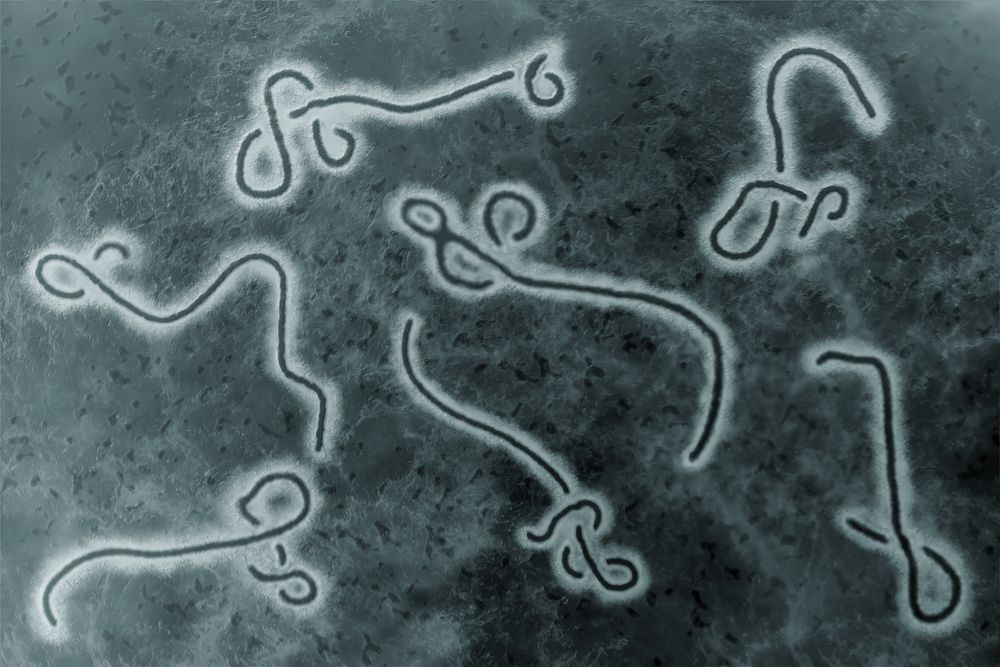- CDC
- Heart Failure
- Cardiovascular Clinical Consult
- Adult Immunization
- Hepatic Disease
- Rare Disorders
- Pediatric Immunization
- Implementing The Topcon Ocular Telehealth Platform
- Weight Management
- Monkeypox
- Guidelines
- Men's Health
- Psychiatry
- Allergy
- Nutrition
- Women's Health
- Cardiology
- Substance Use
- Pediatrics
- Kidney Disease
- Genetics
- Complimentary & Alternative Medicine
- Dermatology
- Endocrinology
- Oral Medicine
- Otorhinolaryngologic Diseases
- Pain
- Gastrointestinal Disorders
- Geriatrics
- Infection
- Musculoskeletal Disorders
- Obesity
- Rheumatology
- Technology
- Cancer
- Nephrology
- Anemia
- Neurology
- Pulmonology
Ebola: 5 Things You Need to Know Now
This is the first Ebola outbreak in an urban setting, which has made control more difficult without the better barrier protection available in the developed world.

The current outbreak of Ebola virus (Zaire strain) in West Africa is the largest by far since the virus was recognized in 1976. This is the first Ebola outbreak in an urban setting, which has made control more difficult without the better barrier protection available in the developed world.
1. There are a number of strains of Ebola virus that- along with Marburg virus-make up the Filoviruses (thread-like viruses seen on electron microscopy). One of the strains, Reston, does not infect humans.
2. Despite concerns, the Ebola virus does not transmit via respiratory aerosols to humans. Transmission is via direct contact with blood and body fluids generally from infected patients during the late, hemorrhagic phase of the infection.
3. The primary source for human infection appears to be fruit bats or bushmeat (butchered great apes).
4. With an incubation period as long as 21 days (averaging 8 to 10 days), the initial symptoms are influenza-like with abrupt onset of fever, muscle aches, and profound malaise often associated with diarrhea, which can be quite prominent. The hemorrhagic phase-when most human-to-human transmission occurs-is late in the course of Ebola virus infection.
5. Therapeutic agents, including antivirals and monoclonal antibodies, are being tried as available as well as blood from convalescent patients. However, aggressive symptomatic care that addresses hypotension, anemia, and electrolyte balance are likely to decrease mortality significantly.
Countries With Limited Transmission
* The outbreaks of Ebola virus disease (EVD) in Senegal and Nigeria were declared over on October 17 and October 19, 2014, respectively. A national EVD outbreak is considered to be over when 42 days (double the 21-day incubation period of the Ebola virus) has elapsed since the latest patient in isolation became laboratory-negative for EVD. (Data from the CDC, as of October 31, 2014.)
